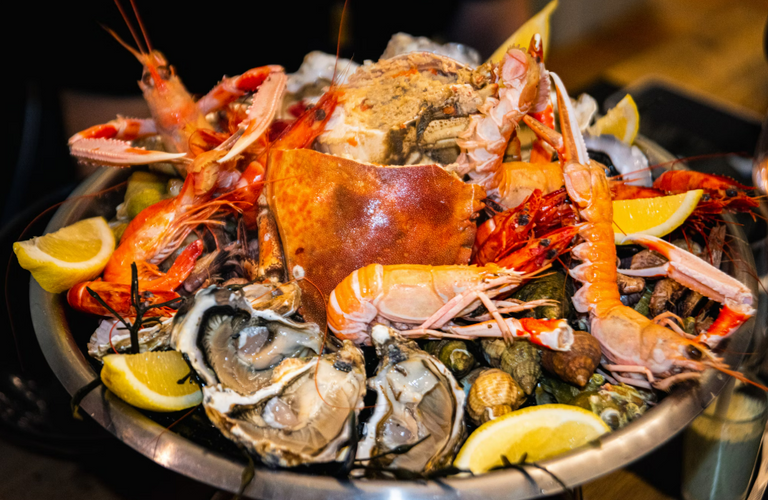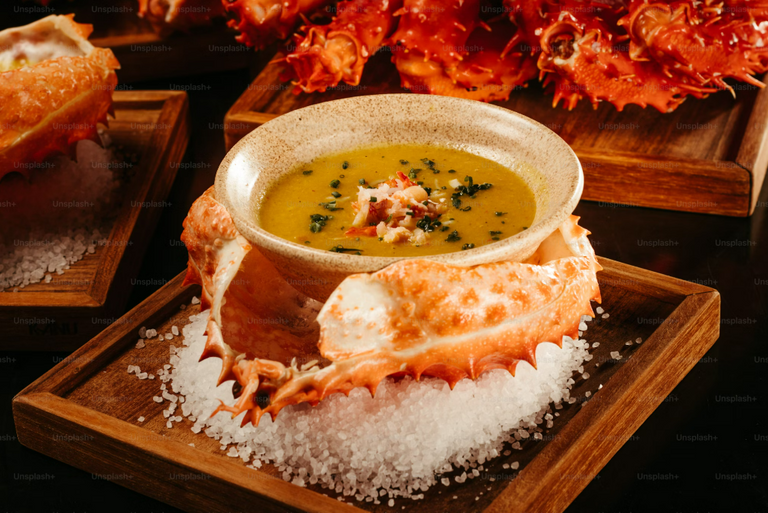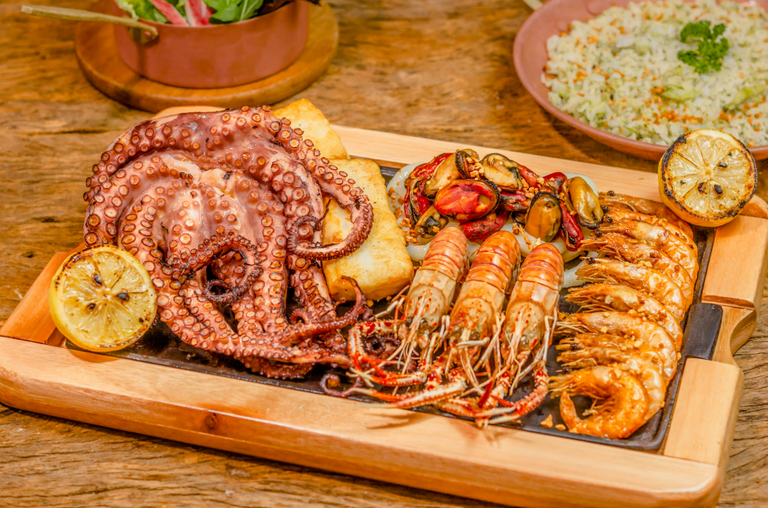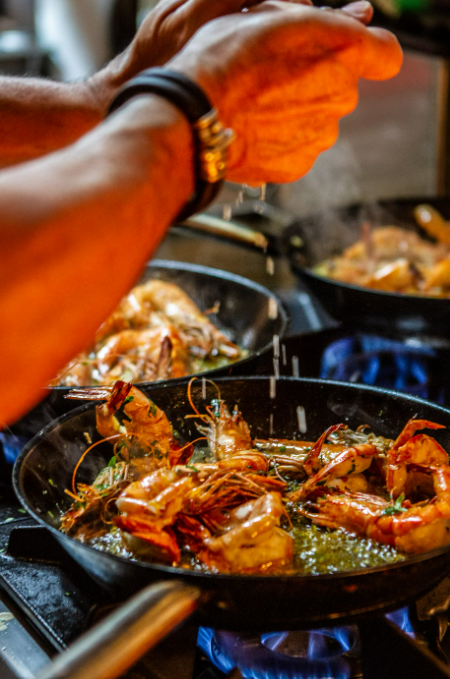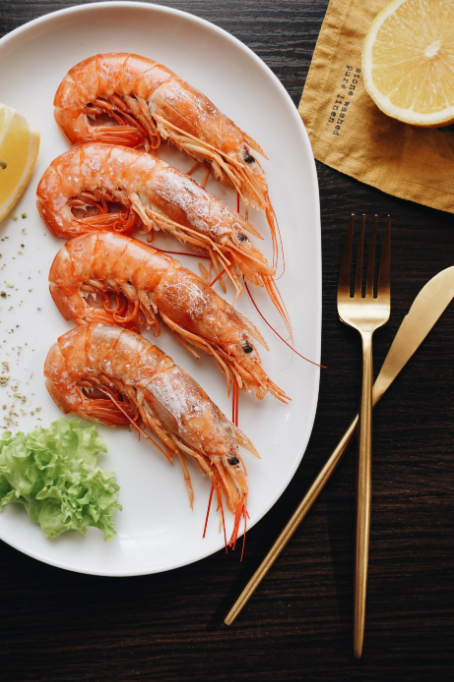Seafood has always been considered an expensive and premium category of food, and there are many reasons why it is so expensive. The first and most important reason is that the seafood procurement and harvesting process is very complicated and costly. Specialized boats, fishing gear, and skilled labor are required to get fish and other seafood items from the ocean. This process is not only risky but also requires a lot of fuel and machinery expenditure. In addition, weather conditions are also a big factor as many fish and seafood species are only found during specific seasons, which limits their availability.
Another reason that makes seafood expensive is its short shelf life. Seafood requires specially controlled temperatures and fast transportation to keep it fresh. If fish and seafood are not stored properly, they spoil quickly, which results in high wastage. This is also the reason seafood has to be delivered to the markets as quickly as possible, and this process is very expensive. Freezing and preservation techniques also increase its cost, which ultimately reaches the consumer at a higher price.
Fishing rules and sustainability concerns also play an important role in increasing the price of seafood. Many fish and seafood species are endangered due to overfishing, which is why governments and environmental organizations have implemented strict regulations. These regulations ensure fishing quotas, restricted areas, and sustainable fishing methods, but make the seafood harvesting process more expensive. Aquaculture or fish farming is also an option, but this also involves the cost of high-quality feed, water filtration systems, and farming techniques, which ultimately are reflected in the high prices passed on to the consumer.
Logistics and distribution costs are also a factor in the high prices of seafood. Many premium seafood varieties such as salmon, lobster, shrimp, and oysters are found only in specific regions or oceans and require air transport and refrigerated containers to travel to other locations. This transportation process is expensive, which adds to the final cost of the seafood. If seafood is not locally available in a country, imported seafood is even more expensive because of import duties and taxes.
Ultimately, the demand for seafood is also a major factor in its high price. It is not just a common protein source, but also a luxury food item that is consumed heavily in hotels, restaurants, and fine dining establishments. High-end restaurants and sushi bars offer special seafood dishes that are served with premium quality and presentation, which therefore increases their price. It is not just a food, but part of an exclusive dining experience, which is another way to increase its overall cost.
Another reason for the high price of seafood is the complex nature of its harvesting and processing. Unlike chicken or beef, which are bred on farms and grown in a controlled environment, most of the seafood comes from open oceans, rivers, and lakes. This natural habitat is unpredictable, where problems such as climate change, pollution, and overfishing can affect it. This makes harvesting seafood difficult and cost-intensive, which is another reason for increasing its overall price.
Another important reason for the high prices of seafood is that some species are only found in limited quantities. For example, bluefin tuna, king crab, and wild-caught salmon are only available in certain seasons, and demand for them is constant throughout the year. It is the simple economic principle of limited supply and high demand that drives up the price of seafood. Additionally, rare and exotic seafood such as abalone, uni (sea urchin), and caviar are only available from a few sources, which further increases their exclusivity.
The quality standard of seafood is also an important factor in its cost. The quality of fresh seafood can decline significantly if it is not handled properly. Therefore, high-end seafood suppliers and restaurants purchase only premium quality fish and shellfish that are specially processed and transported. This high-quality seafood goes through specific handling, grading, and certification, which further enhances its price. In countries like Japan and Norway, high-grade seafood is specially sold through auctions, where a single fish can be worth thousands of dollars.
Aquaculture or fish farming can also reduce the price of seafood to some extent, but it has its own challenges. Providing an environment like natural habitat for high-quality farmed seafood is very expensive. Ensuring that farmed fish eat a good diet, grow in clean water, and are safe from diseases demands a high cost. This is also a reason why some farmed seafood items are expensive, especially those that are organic or antibiotic-free. In addition, farming techniques like deep-sea farming and bio-secure hatcheries also demand a high investment, which ultimately gets reflected in the expensive price to the consumer.
The packaging and preservation of seafood are also a big factor in increasing its final cost. Because seafood perishes quickly, methods such as airtight packaging, freezing technologies, and vacuum sealing are used to keep it fresh. All of these methods increase processing and supply chain costs, which are then ultimately included in the market price. Especially where frozen seafood or ready-to-cook seafood items are available, they cost more because keeping them fresh is a challenging process.
Ultimately, seafood is part of a luxury and premium food category, which adds a psychological factor to its high price. People view seafood as a special occasion food or restaurant treat, which further increases its perceived value. Premium seafood like lobster, scallops, and sushi-grade tuna has always been a status symbol, promoted heavily by dining-in cultures and gourmet restaurants. This branding and exclusivity also justify the high prices of seafood, and people are willing to spend a lot of money simply because it is a premium and rare delicacy.
Another reason for the high cost of seafood is its seasonal availability. Many fish and shellfish are only available during certain months because of their natural breeding cycle. For example, lobsters and oysters often become more expensive during the winter months because their natural harvesting season is limited. If the demand for a seafood item remains constant throughout the year but the supply is only limited for a few months, its price automatically increases. This seasonal fluctuation is also a major reason for the overall cost of seafood.
Another factor that increases the price of seafood is illegal fishing and poaching. Very valuable seafood species such as bluefin tuna and certain types of shrimp are caught illegally, which not only harms the environment but also disrupts the supply chain. When governments and international organizations implement strict laws to control this issue, the costs of legal seafood fishing are reduced. Fishermen have to use legal permits, special fishing gear, and eco-friendly techniques, which are expensive and ultimately reflected in the price of seafood.
The demand for seafood has also increased due to globalization, which further increases its price. Previously, seafood was only consumed in large quantities in coastal areas, but now there is a worldwide demand. Countries such as China, Japan, and the USA are completely free consumers of seafood, and when demand increases the price naturally increases. In addition, some high-end seafood items such as king crab, wagyu beef, have become a luxury commodity that only the elite class can afford. This exclusivity also plays an important role in making seafood a high-priced item.
Finally, proper handling of seafood and maintaining hygiene standards is also an expensive process. Restaurants and seafood suppliers have to ensure that seafood is safe from contamination, as it is one of the protein sources that can quickly become infected with bacteria and infections. Therefore high-standard hygiene practices, refrigerated storage, and quality control testing are an essential part of the seafood industry. All of these add additional costs, which ultimately means the consumer has to pay a higher price. Therefore seafood is not just food, but a luxury and carefully handled delicacy that justifies its high price.
